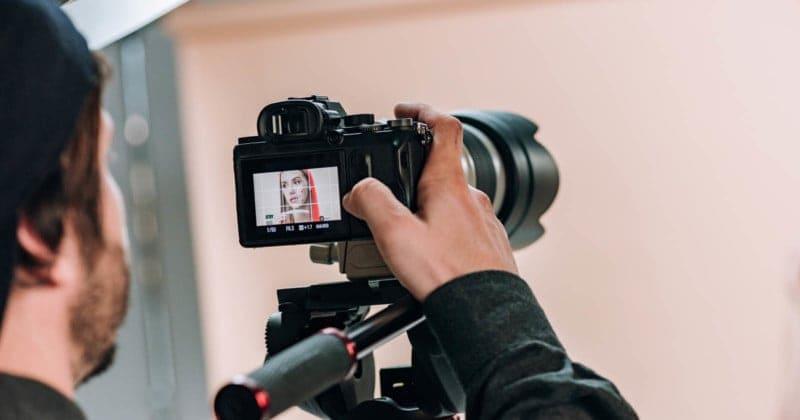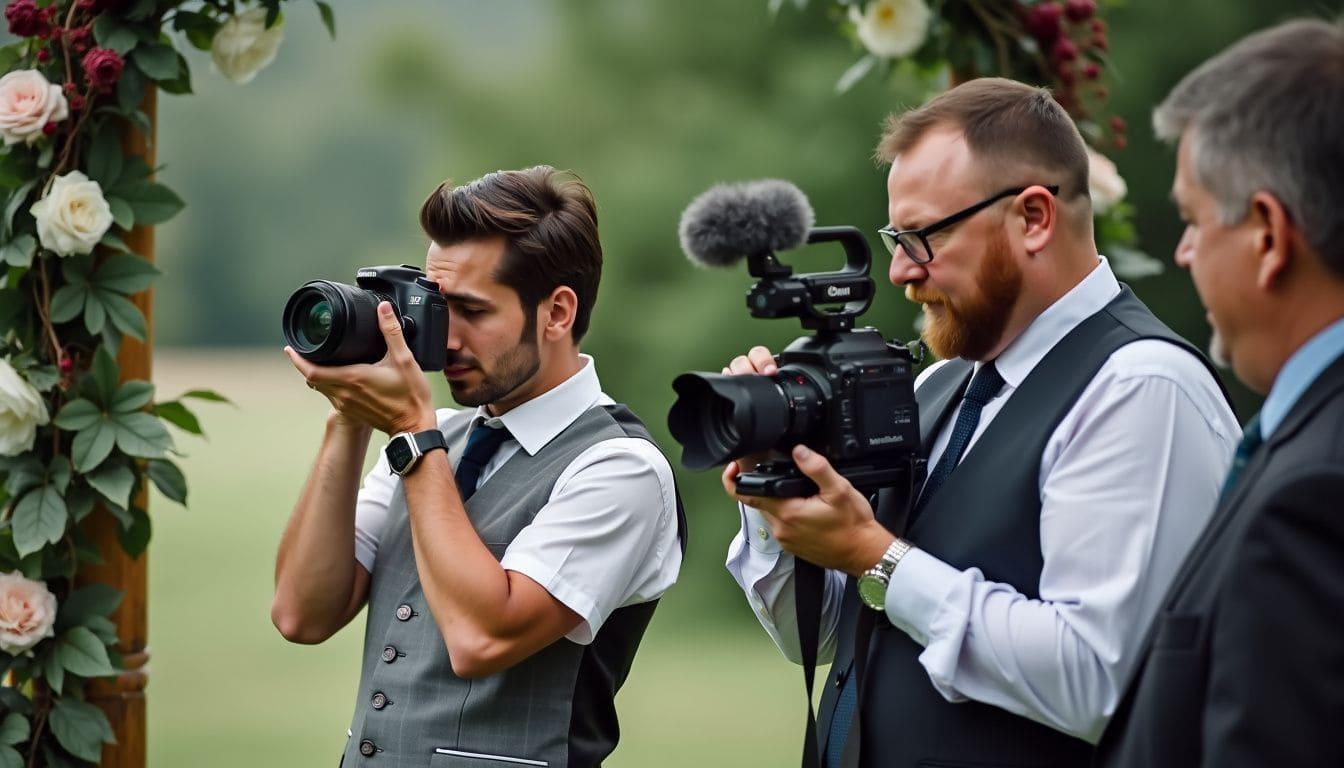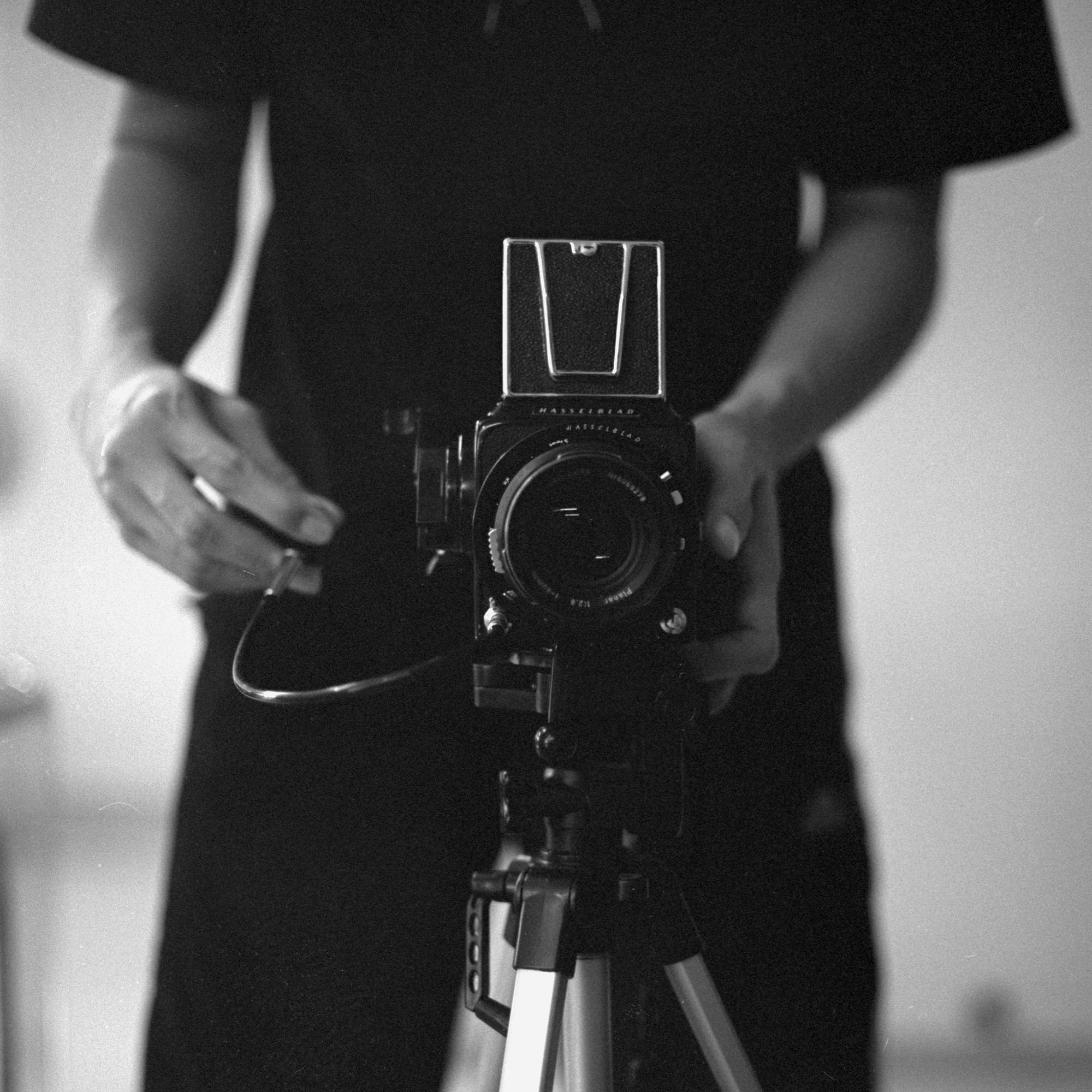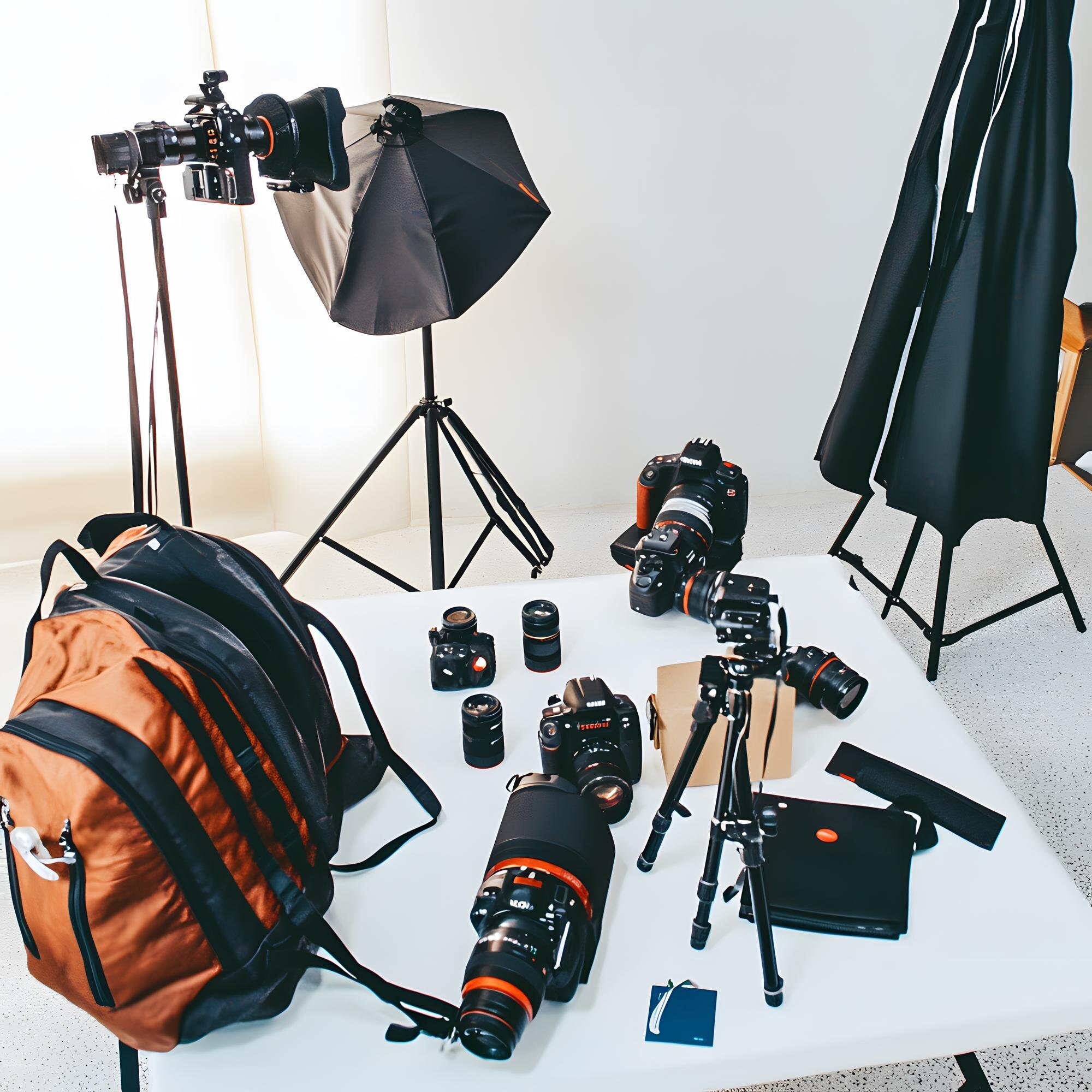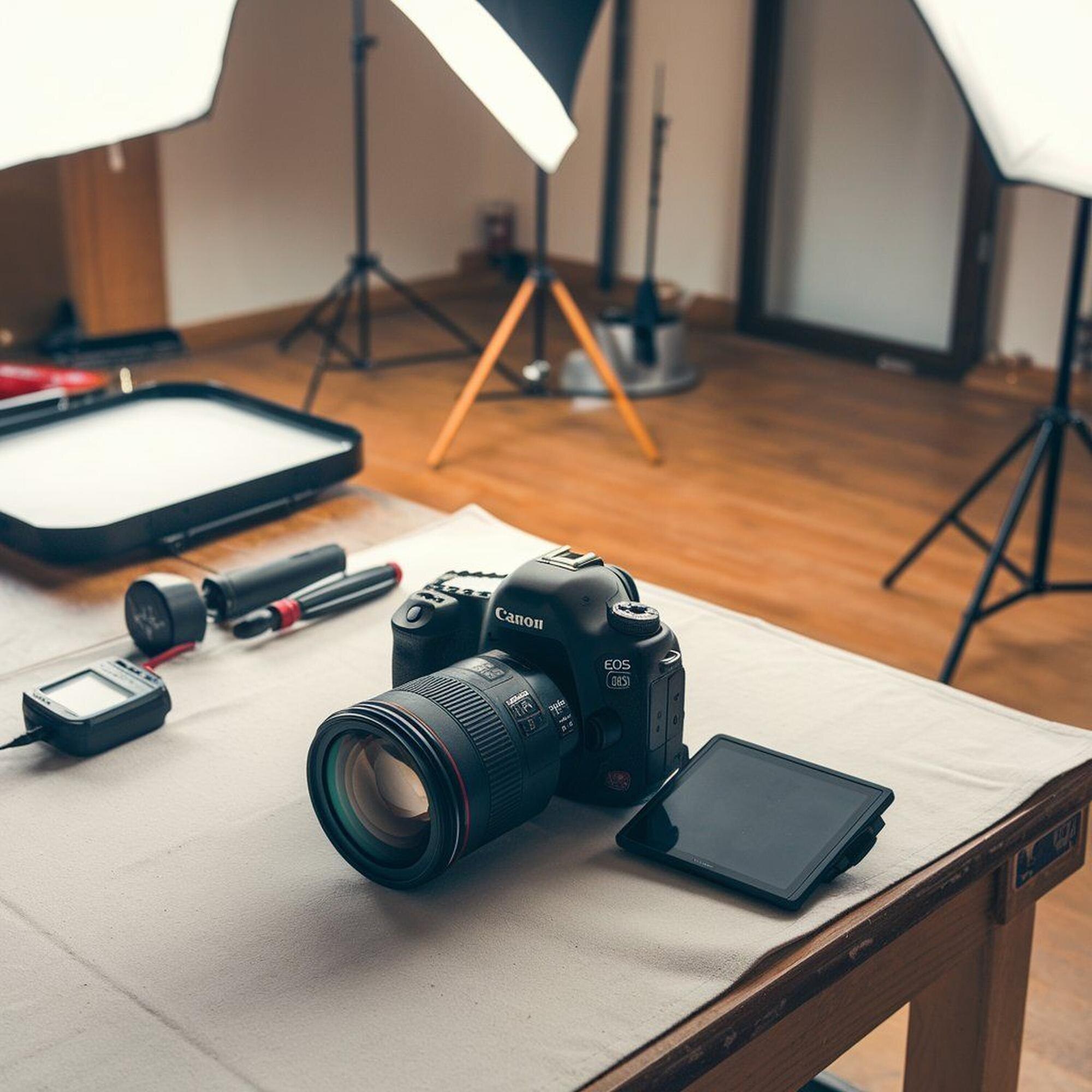The Perceptive Lens: Mastering Visual Storytelling
In a world saturated with imagery, from the fleeting moments captured on smartphones to the meticulously crafted scenes of cinematic masterpieces, the ability to truly see transcends mere observation. It is an art form, a cultivated skill that allows us to decipher the deeper narratives embedded within every frame and scene. This profound capacity to interpret visual information is not just about recognizing objects; it's about understanding context, emotion, and the subtle cues that shape our perception of reality.
The distinction between simply looking and genuinely seeing is fundamental. Looking is a passive act, a casual glance at surfaces. Seeing, however, is an active engagement, a deliberate process of analysis and interpretation. It involves training our eyes and minds to go beyond the immediate visual data, seeking out the underlying structures, the interplay of light and shadow, and the compositional choices that guide our emotional response. This deeper engagement unlocks a richer, more meaningful experience.
While some individuals may possess a natural inclination for visual discernment, the art of seeing is unequivocally a skill that can be developed and refined through conscious effort and practice. It requires an understanding of various principles, from basic aesthetics to complex psychological triggers, all of which contribute to how an image communicates its message. This journey of refinement transforms passive viewers into active interpreters, capable of appreciating and creating more impactful visual content.
The significance of mastering this art extends across a multitude of disciplines. Whether you are a filmmaker crafting a compelling narrative, a photographer capturing a decisive moment, a designer creating an intuitive interface, or a marketer building a memorable brand identity, your success hinges on your ability to understand and manipulate visual perception. It is the cornerstone of effective communication in our visually-driven era, enabling creators to connect deeply with their audiences.
At CreativeFusionBase, we recognize the immense power of refined visual perception. Our mission is to empower individuals and organizations to harness this power, transforming their approach to visual communication. By fostering a deeper understanding of how images impact thought and emotion, we help unlock new levels of creativity and effectiveness. This journey of visual discovery is not just about technical proficiency; it's about cultivating a heightened sense of awareness.
Ultimately, the art of seeing is about unveiling the magic behind every visual creation. It's about appreciating the intentionality of composition, the psychology of color, and the subtle dance of light that breathes life into an image. By embracing this philosophy, we move beyond superficial engagement, delving into the profound impact that well-crafted visuals have on our understanding of the world and our place within it. It's a journey into the very essence of visual storytelling.
Applications of Visual Perception Mastery
- Cinematography and Photography: Enhances emotional resonance and narrative depth, allowing creators to tell compelling stories without words. Pros: Evokes strong audience connection. Limitations: Demands keen observation and technical expertise.
- User Experience (UX) Design: Guides user interaction and clarifies information, making digital products intuitive and enjoyable. Pros: Improves usability and satisfaction. Limitations: Requires continuous testing and adaptation to user behavior.
- Brand Identity and Marketing: Creates memorable visual impressions that resonate with target audiences, building strong recognition. Pros: Fosters trust and distinctiveness. Limitations: Can be subjective and requires cultural sensitivity.
The Nuance of Expert Vision
Experts often highlight the profound psychological underpinnings of visual perception. Grounded in principles like Gestalt theory, which posits that our brains naturally seek to organize individual elements into unified wholes, the act of seeing is far from a passive reception of light. Instead, it's an active construction of meaning, influenced by our past experiences, cultural background, and immediate context. Understanding these cognitive processes is crucial for anyone aiming to create impactful visuals, as it allows for intentional manipulation of how information is perceived.
A recurring debate among professionals revolves around whether the art of seeing is an innate talent or a skill that can be entirely taught. Some argue that a certain 'eye' for composition or light is a gift, a natural sensitivity to aesthetic balance that cannot be fully replicated. They point to legendary artists and photographers whose work seems to defy conventional rules, driven by an intuitive understanding that transcends mere technical application. This perspective often emphasizes the subjective, almost spiritual, connection an artist has with their medium.
Conversely, many proponents champion the scientific, teachable aspects of visual perception. They emphasize the importance of understanding color theory, the rules of composition (like the rule of thirds or leading lines), the physics of light, and the psychology of form. From this viewpoint, mastery is achieved through diligent study, practice, and the application of established principles. It suggests that anyone, given the right instruction and dedication, can develop a sophisticated ability to analyze and create compelling visual content.
The argument for a more analytical approach often cites the consistent effectiveness of certain visual strategies across diverse audiences. For instance, the emotional impact of warm versus cool colors, or the sense of stability conveyed by horizontal lines, are often universal. Understanding these predictable responses allows creators to design visuals with specific outcomes in mind, transforming an often abstract art into a more precise craft. This perspective values systematic learning and repeatable techniques over spontaneous inspiration.
Ultimately, the most compelling expert consensus suggests that the art of seeing is a powerful synthesis of both innate sensitivity and learned expertise. While a natural inclination can provide a head start, it is the disciplined study of visual principles and the continuous practice of applying them that truly refines one's perceptive abilities. The technical understanding empowers the artistic vision, allowing creators to translate their unique perspectives into universally resonant imagery, blending intuition with informed decision-making.
Refining Your Visual Acuity
Mastering the art of seeing is an ongoing journey, not a destination. It demands continuous curiosity, a willingness to observe the world with fresh eyes, and an openness to new perspectives. By consciously engaging with the visual information around us, we can deepen our appreciation for the complexity and beauty inherent in everyday scenes and professional productions alike.
We encourage everyone, from aspiring creators to seasoned professionals, to look beyond the surface. Challenge yourself to deconstruct images, to understand the 'why' behind their construction, and to explore the emotional and intellectual responses they evoke. This deliberate practice will not only enhance your own creative output but also enrich your overall engagement with the visual world.
Embracing a refined visual understanding transforms how we interact with media and create our own. It empowers us to craft more meaningful messages, build stronger connections, and unlock the true potential of visual storytelling. The magic truly lies in learning to see what others might simply overlook.
“This article beautifully articulates the difference between looking and seeing. It's a crucial distinction for anyone working in visual fields. The points on UX design were particularly insightful.”
— Snehal Kakkar
“I appreciate the balanced perspective on whether 'seeing' is an art or a science. It's a debate I've had many times with colleagues. The idea of synthesis makes perfect sense.”
— Pranjal Shukla
“The content is well-structured and easy to follow. However, I felt some parts of the analytical section could have delved a bit deeper into specific examples of expert disagreement, rather than just general arguments.”
— Keshav Shukla
“Thank you for your valuable feedback! We aimed for a broad overview of the debate but will consider adding more specific examples in future pieces. Your input helps us refine our content.”
— Harini Rathi

